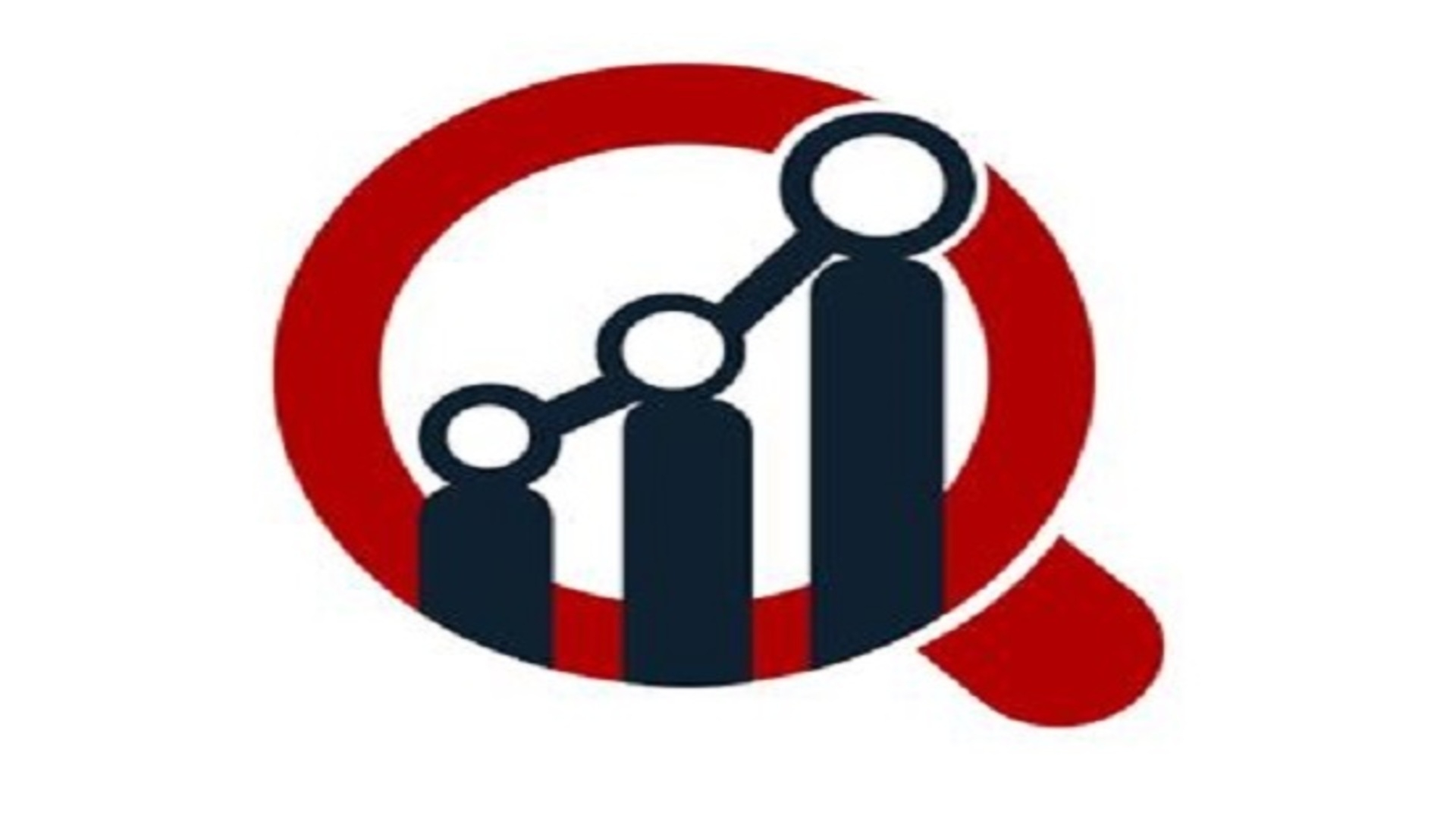Imagine a world where surgeons perform operations remotely with zero lag, ambulances become mobile command centers, and your wearable health monitor alerts doctors in real-time before you even realize something's wrong. This isn’t science fiction—it’s the reality being shaped by 5G in healthcare. With lightning-fast connectivity, ultra-low latency, and massive data capacity, the 5G in Healthcare Market is rapidly transforming how healthcare is delivered, accessed, and experienced.
Welcome to the next frontier of digital medicine—where technology meets life-saving precision at the speed of light.
📡 What is 5G’s Role in Healthcare?
Fifth-generation (5G) wireless technology offers internet speeds up to 100 times faster than 4G, enabling instant data transmission with virtually no lag. In healthcare, this opens up endless possibilities—from remote surgeries and AI diagnostics to telemedicine and real-time health monitoring.
While Wi-Fi and previous networks have supported healthcare innovations, only 5G can handle the massive influx of real-time data from medical devices, high-definition imaging, and critical care communication.
📈 Why the 5G in Healthcare Market is Exploding
The 5G in Healthcare Market is experiencing explosive growth, driven by multiple forces converging at the right time:
1. Post-Pandemic Digital Acceleration
COVID-19 pushed healthcare providers to adopt digital tools faster than ever before. Telehealth, remote monitoring, and digital diagnostics became the norm—and 5G is the infrastructure needed to take these tools to the next level.
From rural hospitals to urban health systems, the need for reliable, real-time connectivity has never been clearer.
2. Telemedicine Becomes a Mainstream Practice
With 5G, telehealth is no longer limited to blurry video calls. The technology enables high-definition consultations, seamless remote diagnostics, and real-time collaboration between specialists across the globe. This enhances care quality, reduces travel time, and makes expert opinions accessible from anywhere.
3. Rise of Wearables and IoT in Healthcare
Smartwatches, glucose monitors, ECG sensors, and even AI-driven implantables are flooding the market. These Internet of Medical Things (IoMT) devices generate huge amounts of data that need to be processed and analyzed quickly. 5G networks allow for real-time health monitoring, potentially saving lives through early detection and alerts.
🏥 Real-World Applications Already Making Waves
-
Remote Surgery: With 5G’s ultra-low latency, specialists can perform robotic surgeries from hundreds of miles away without delay—making expert surgical care accessible in underserved areas.
-
Smart Ambulances: Emergency medical teams can transmit real-time patient vitals, scans, and data to hospitals en route, allowing ER teams to prepare before the patient even arrives.
-
Augmented Reality (AR) for Training: Medical students and doctors can use AR/VR tools powered by 5G for immersive, interactive learning and simulations.
These use cases are just the tip of the iceberg, with many hospitals already beginning 5G pilot programs to explore its full potential.
🌍 Global Outlook: Where 5G is Gaining the Most Ground
-
North America leads the way with high investment in digital infrastructure and strong adoption of telehealth platforms.
-
Europe is ramping up 5G-powered healthcare with smart hospital initiatives and cross-border digital health records.
-
Asia-Pacific, especially China, Japan, and South Korea, is investing heavily in 5G healthcare ecosystems, from smart clinics to AI-enabled diagnostics.
Developing regions are also getting a boost through government partnerships and global 5G infrastructure rollouts.
🔐 Challenges Ahead
Despite the promise, 5G in healthcare still faces hurdles:
-
Cybersecurity: As data transmission speeds increase, so do risks of breaches. Securing sensitive health information is critical.
-
High Infrastructure Costs: Setting up 5G networks in hospitals and clinics can be expensive.
-
Regulatory Roadblocks: Health data regulations and telecom licensing need to align to make 5G adoption smoother across borders.
Nonetheless, the benefits far outweigh the growing pains, and the momentum is unstoppable.
✅ Final Word
The 5G in Healthcare Market isn’t just a trend—it’s a technological leap that’s redefining what’s possible in medicine. Faster diagnoses, smarter treatments, and more equitable access to care are no longer dreams—they’re becoming standard.
As hospitals, health systems, and innovators embrace 5G, expect a future where medicine is not only more connected—but smarter, safer, and faster than ever before. If data is the new medicine, then 5G is the bloodstream delivering it.


